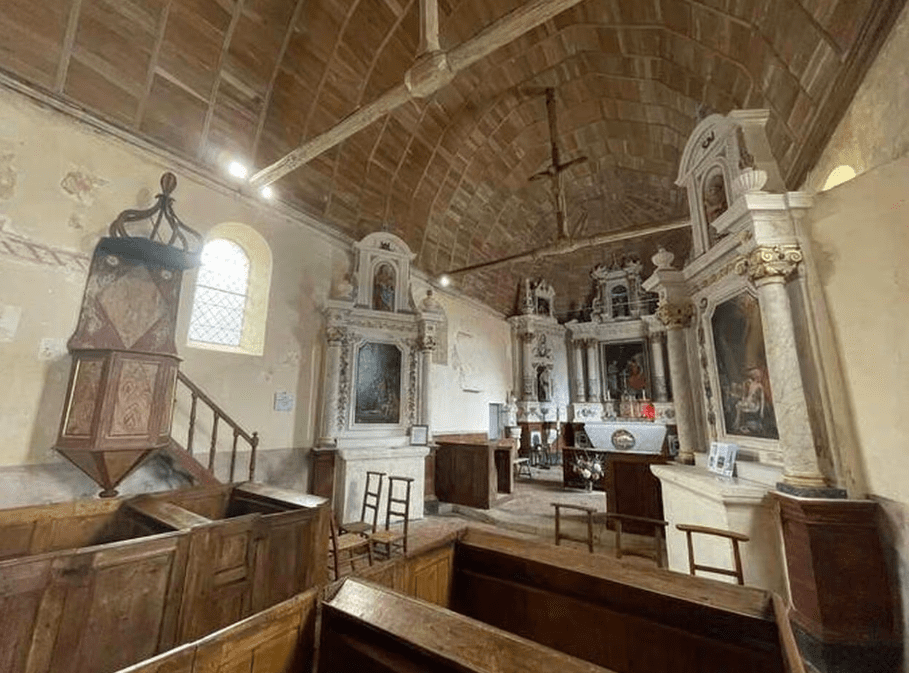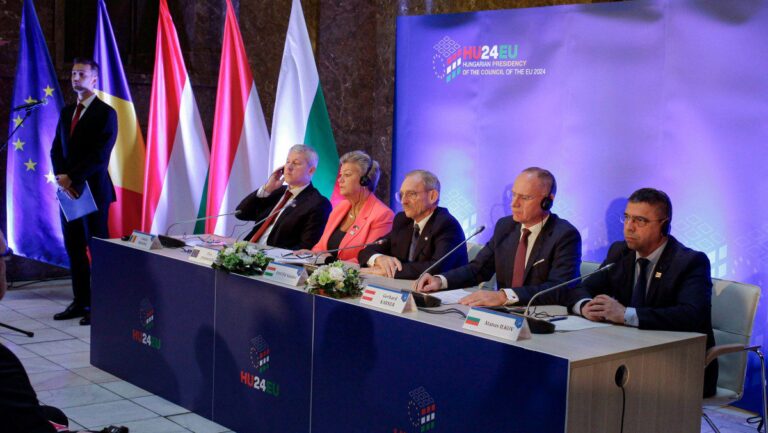As de-Christianisation accelerates, the question of how to maintain village churches is becoming an increasingly thorny issue in the French countryside. Abandonment, destruction, or restoration? One small village in Normandy, with a population of 64, considers this to be a priority cause and, for decades, has continued to save its church against all odds, investing sums that are too high for the budget of such a small commune.
In France, since the French Revolution (which nationalised the property of the clergy), and especially since the 1905 law (that put an end to the Concordat and established the principle of separation of church and state), the vast majority of churches have been confiscated from the Catholic Church by the state. These churches now belong to the cities, which are responsible for their upkeep. For small rural communities, this represents a financial burden that is difficult to bear, and many mayors are tempted to abandon—or destroy—buildings that are less and less used for worship.
However, there are exceptions, such as Comblot, a small village in Normandy with just 64 inhabitants. Over the past 25 years, the village has spent the equivalent of ten times its annual budget to save its church and chapel, which has earned it the honour of being selected for a prize this year from the Sauvegarde de l’Art Français foundation.
In just over two decades, more than €420,000 has been invested to save the village church of Saint-Hilaire and its small adjoining chapel of Saint-Samson—the equivalent of ten times the commune’s current annual budget.
The church was built at the end of the 12th century. Since the late 1990s, a whole series of works have been undertaken to maintain it in good condition and restore its lustre. First, the frame—walls and roof—were repaired, then all the interior decorative elements, one after the other: bedside, altarpiece, altars, paintings, pulpit, and confessional.
The individual sums don’t seem that exorbitant: the two side altars were restored for the sum of €16,000. But all these seemingly small sums add up to a lot for a tiny village with extremely limited resources. The biggest job involved restoring the oak panelling covering the vaulted ceiling of the choir and nave, in the shape of an upside-down ship’s hull—this time costing €62,000, which the commune was able to fund by soliciting donations, grants, and subsidies. The mayor of Comblot points out that he was able to count on an exceptional donation from the granddaughter of the village’s last grocer—proof that the cause of religious heritage can touch people’s hearts in unexpected ways.
For more information, the Sauvegarde de l’Art Français website presents the Comblot church’s application for its 2023 prize, where people can vote to show their support: https://www.sauvegardeartfrancais.fr/sondages/prix-trevise-2023/





